Contents
This is the second post in a series of evaluations of the Nikkor Z 100-400. Please refer to the first post for details about the test equipment & methodology.
In this post, I’m going to compare performance in the image centre between these three telephoto lenses at 400mm:
- Nikkor Z 100-400 (e.g. from Amazon).
- AF-S Nikkor 80-400G (e.g. from Amazon).
- Sigma 150-600 Contemporary (e.g. from Amazon).
Unlike in the first post, where the focus was solely on the 100-400, I won’t provide exhaustive sample images of all apertures for all lenses – that would just be overwhelming. Instead, I’ll just provide the noteworthy cases.
30ft @ 400
The 150-600 is basically the same from wide open (f/6) through to f/8. It might be a tiny bit sharper at f/6 than narrower apertures.
The perceived sharpness of the 80-400 increases slightly when stopping down from wide open, and starts to soften again at f/7.1 and narrower. Its optimal aperture is f/6.3, vs f/5.6 for the 100-400.
Note that in practice I’ve tended to favour f/7.1 on the 80-400, including on 24 MP DX cameras which have higher pixel densities than the Z7 (and therefore should be more sensitive to diffraction, not less). That’s based on a large amount of real-world experience. There’s several possible explanations for the discrepancy, but my guess is that the increased depth of field, of f/7.1 over f/6.3, helps in practice because it:
- Increases the depth of field (sometimes important at close distances or with deep subjects).
- Provides a little more tolerance for focus errors.
The 150-600 is clearly the sharpest, followed by the 80-400. The 100-400 is much softer than even the 80-400. The 80-400 is sharper at any aperture than the 100-400 is at any aperture (and the 150-600 exceeds both, similarly).
This was such a surprise that I went back and took many more photos with the 100-400, in a variety of modes (various autofocus modes, manual focus, VR on & off, silent shutter on & off), but the results were consistent – the 100-400 is much softer at 400 than its eight year old predecessor, let-alone the 150-600.
Note: the difference in sharpness is partially obscured by the JPEG compression used for the images in this post, even though I used the maximum possible JPEG quality. All my written statements throughout these tests are based on comparing the NEFs in Lightroom.
12ft @ 400
The 150-600 behaves the same as at 30ft – basically the same from f/6 (wide open) through f/8. Maybe a tiny bit sharper wide open.
The 80-400 gives its best performance at f/6.3 again. As at 30ft, the difference with f/5.6 (wide open) or f/7.1 is slight. f/8 is very slightly softer again, as diffraction more clearly kicks in.
Unfortunately the comparison between the three is complicated by the fact that the 80-400 back-focused slightly while the 100-400 looks like it again front-focused a tad. After accounting for that it’s clear that the 80-400 is sharper than the 100-400. But the 150-600 is much sharper than either of them.
6ft @ 400
The 150-600 is out for this particular subject distance because it can’t focus this close.
The 80-400 is slightly sharper at f/7.1 than other apertures. Similar to the 100-400 (which still saw tiny improvement up to f/8, over f/7.1).
At this point the comparison is getting tricky, because:
- The 80-400 back-focused again.
- The 100-400 is maintaining its nominal focal length much better than the 80-400. This change in focal length over different focus distances is typical behaviour for lenses – the stated focal length is usually only achieved at infinity; as you focus closer, their effective focal length drops.
It’s pretty close, between the two. There seems to be similar resolution on the image sensor, so the difference in subject detail is solely because of the difference in effective focal length. If you allow for that, then there’s a notable advantage to the 100-400.
MFD @ 400
Note here that the 100-400 can get down to about 3ft, while the 80-400 is not much shorter than the 6ft looked at above, and the 150-600 is way out at 10ft or so.
So unsurprisingly the 80-400 behaves the same as at 6ft – sharpest at f/7.1. Just like the 100-400. And the 150-600 is very similar from wide open (f/6) to f/8, with maybe a very slight improvement from stopping down just a tad, to f/6.3.
Note that I’ve also included the 150-600 at 600, in case you’re interested in comparing the maximum possible magnification across the three lenses.
Note: I don’t know why there’s such significant discrepancies in exposure, particularly with the 80-400. This was reproducible. The same exposure settings were used for all lenses. Possibly the differing fields of view impacted the camera’s metering?
Here there’s no contest – the 100-400 is sharpest on the sensor (albeit by only a small margin over the 80-400), but also offers much higher magnification – almost twice what either of the other lenses are capable of. This matches the spec sheets – a maximum reproduction ratio of 0.38x for the 100-400 vs 0.2 for the 80-400 & 150-600.
The 150-600 is the worst by far, for sharpness on the sensor as well as magnification – not only do you have to zoom in to “600” to get similar magnification as the 80-400 does at “400”, but both are basically at something more like 200 if not less.
In fact to my eyes it appears that there’s nothing but empty magnification in going from 400 to 600 on the 150-600.
Sidenote: Real-world benefits of closer focusing distances
In real-world use I’ve only occasionally felt the 80-400’s ~6ft MFD was a problem. Sure, sometimes my subject would be too close and/or small, but there’s practical challenges with getting physically closer to a lot of subjects (e.g. skittish wildlife), and for really small subjects I’d be inclined to switch to a macro lens anyway.
Plus, the 80-400 compares very favourably to many other zoom telephotos – e.g. the Sigma 150-600 C can only focus down to about 3 metres (~10ft). In theory it offers the same reproduction ratio of 0.2, but in practice I’ve often had problems with my subject being too close for the 150-600. Plus, as you see (above) it sacrifices a lot of image quality to do even that, such that the 80-400 is clearly the superior of the two when maximum magnification is required. Of course, the new 100-400 is way better than either of them.
All of which is to say: I’m impressed and intrigued by what the 100-400 can do in this regard. Almost halving the MFD while giving me 2x more effective magnification is tremendous. I still haven’t had a chance to use it in the real world, but I’m really looking forward to the possibilities – especially for small wildlife like lizards, or flora like flowers, the 100-400 looks like it’s going to be by far the superior option.
Conclusion
😧A surprise upset! I had assumed the 100-400 would be at least as sharp as the 80-400, and of course hoped it’d be even sharper. The 80-400 has always had good sharpness at 400 in my experience, so there wasn’t a lot of room for it to be surpassed. Still, that the 100-400 is much softer (at all but the very closest subject distances) is very disappointing.
The only thing the 100-400 has going for it (so far) is with very close subjects – there, the 100-400 is vastly superior, in large part because it can simply focus much closer while simultaneously retaining more of its nominal 400mm focal length. If you expect your subjects to always be less than ~10ft away, the 100-400 is clearly the better lens.
The 150-600 results surprised me, and may be tending unrepresentative, as they don’t match my real-world experience. I do think the 150-600 is a good lens – and excellent value at a quarter the price of either of the other two – but I’ve found it just doesn’t deliver results quite as good – nor as reliably – as the 80-400, except when you utilise its 50% extra reach. I strongly suspect this is mostly due to differences in image stabilisation – the 80-400 has the best image stabilisation of any lens I’ve ever used, while the 150-600’s image stabilisation is average at best.
Granted, this is only in the centre of the frame. Maybe the 100-400 has redeeming image qualities elsewhere in the frame? A subject for a subsequent post, perhaps.
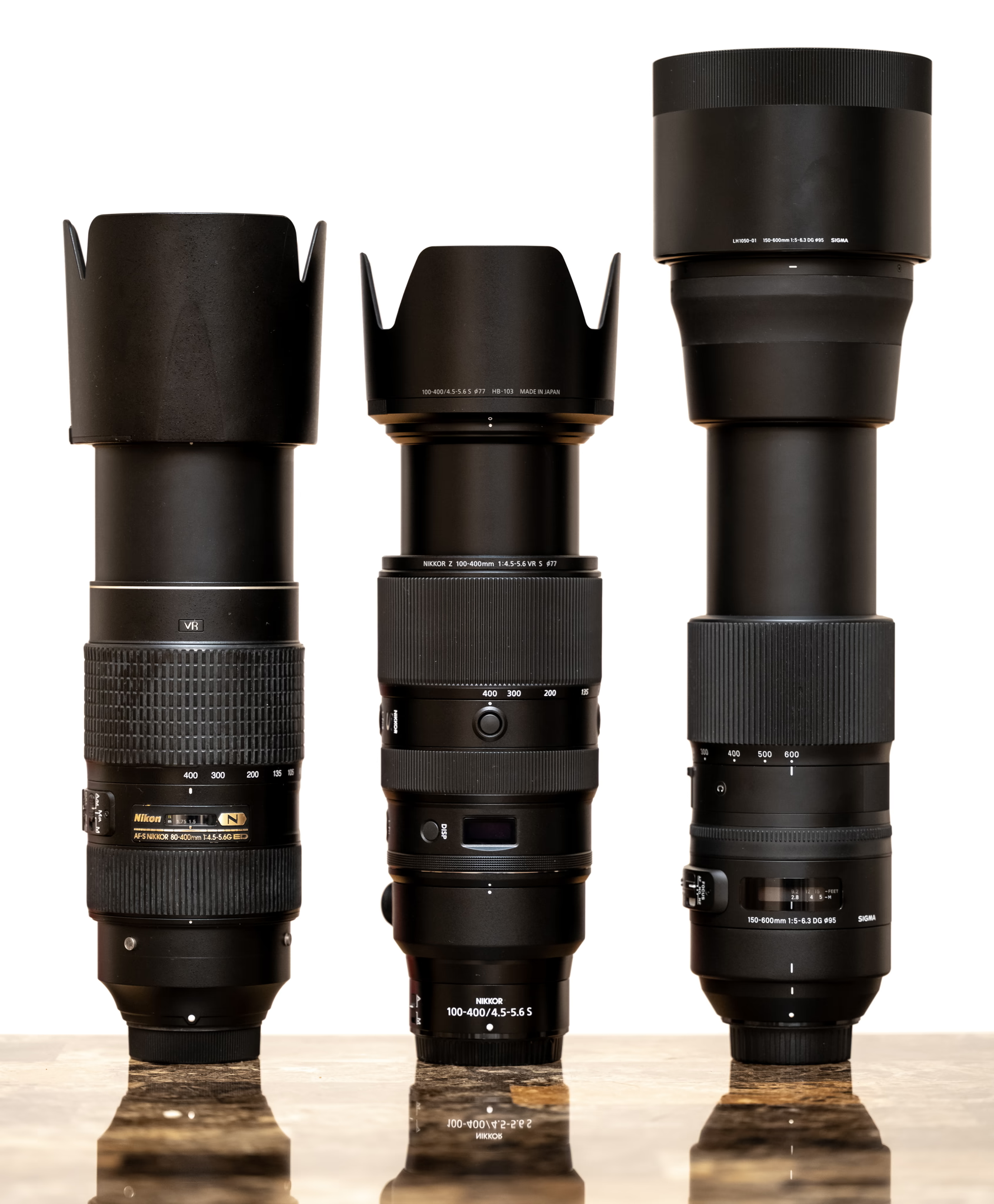

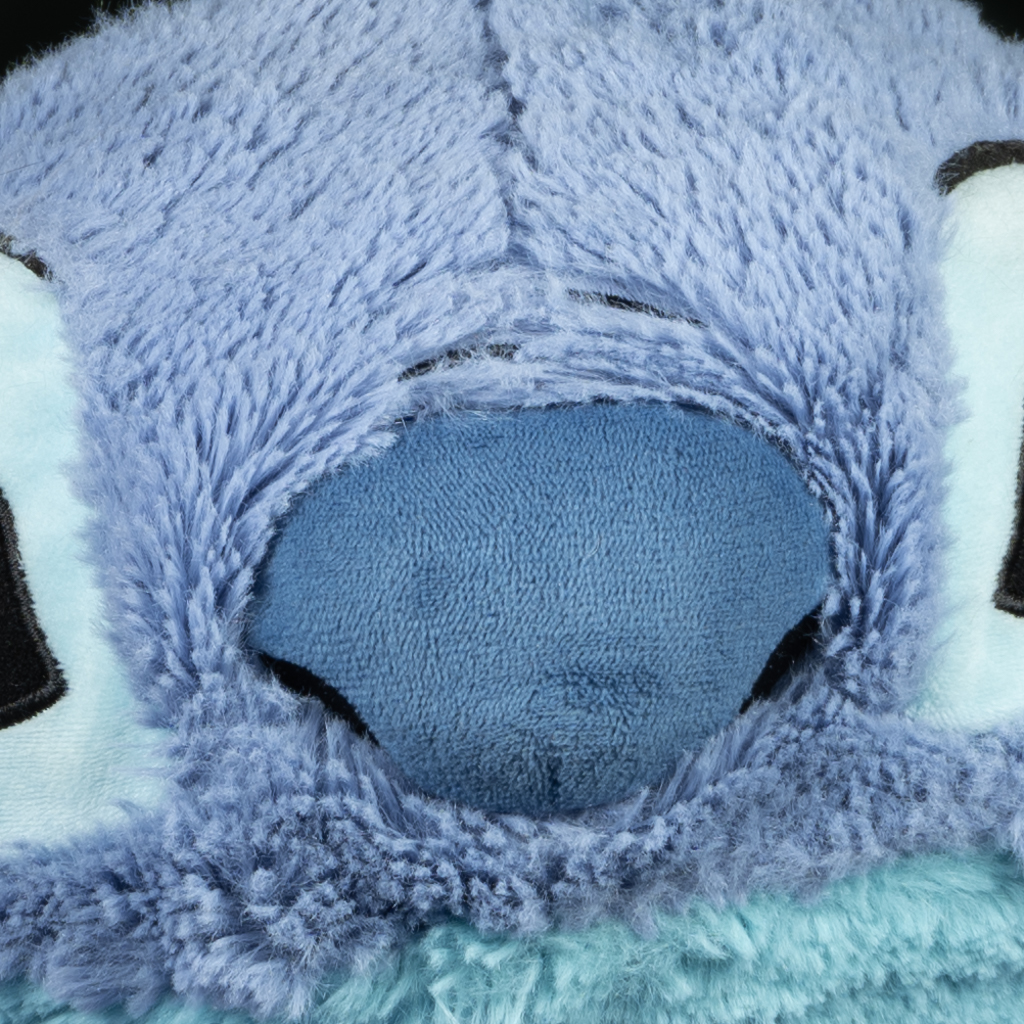

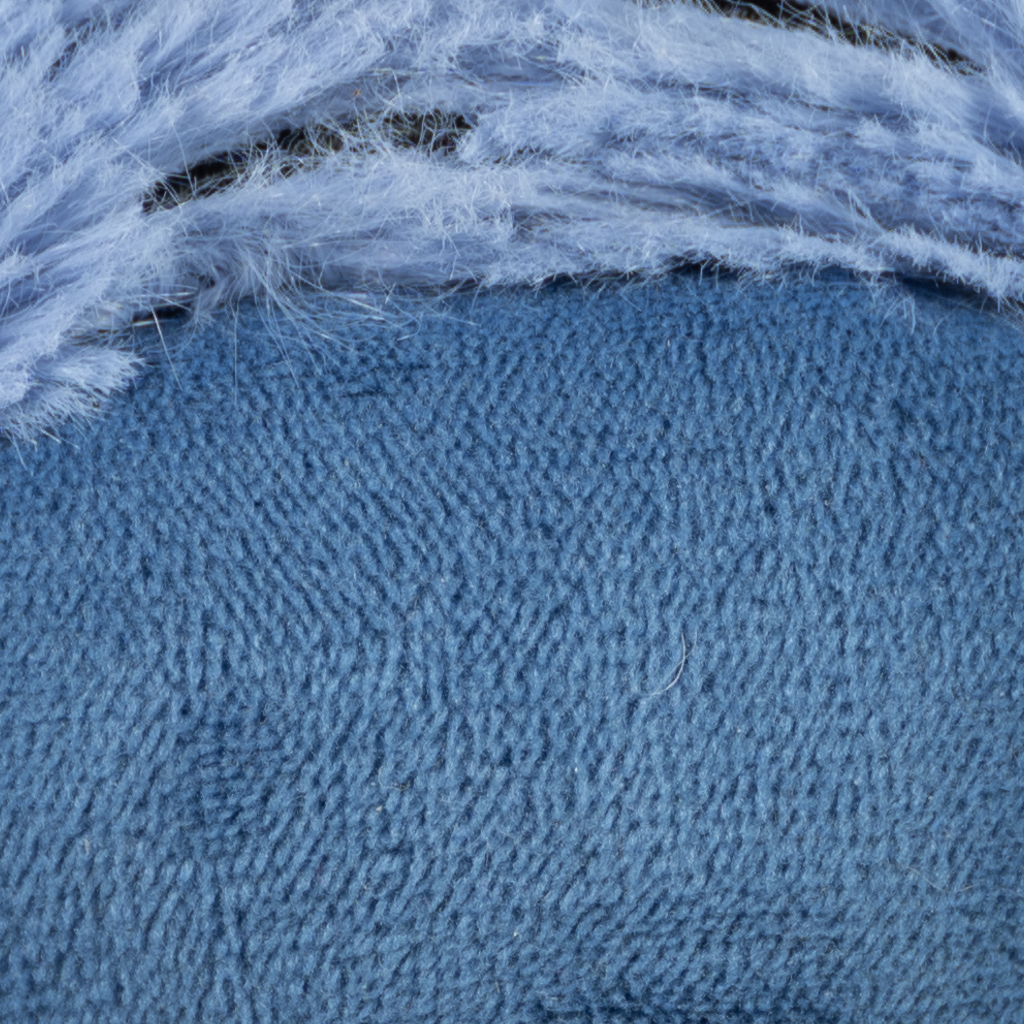
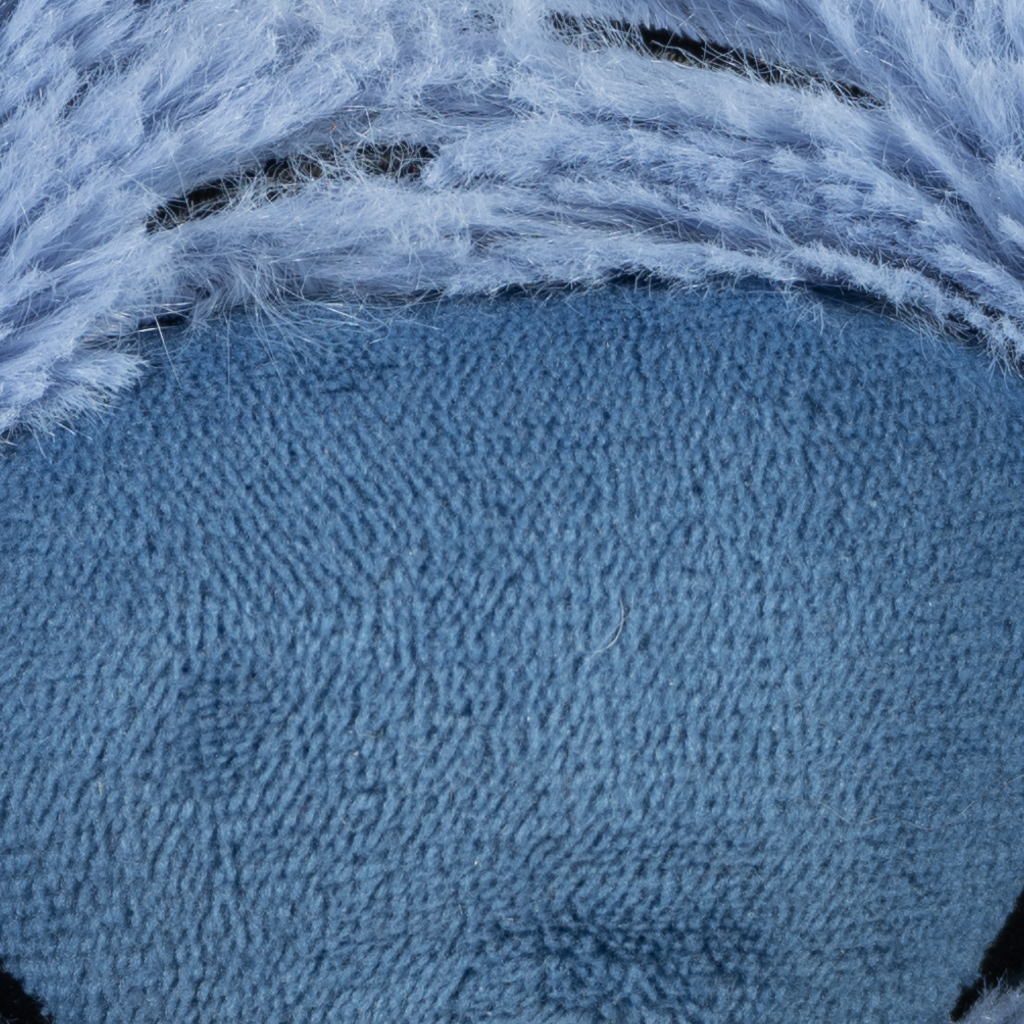
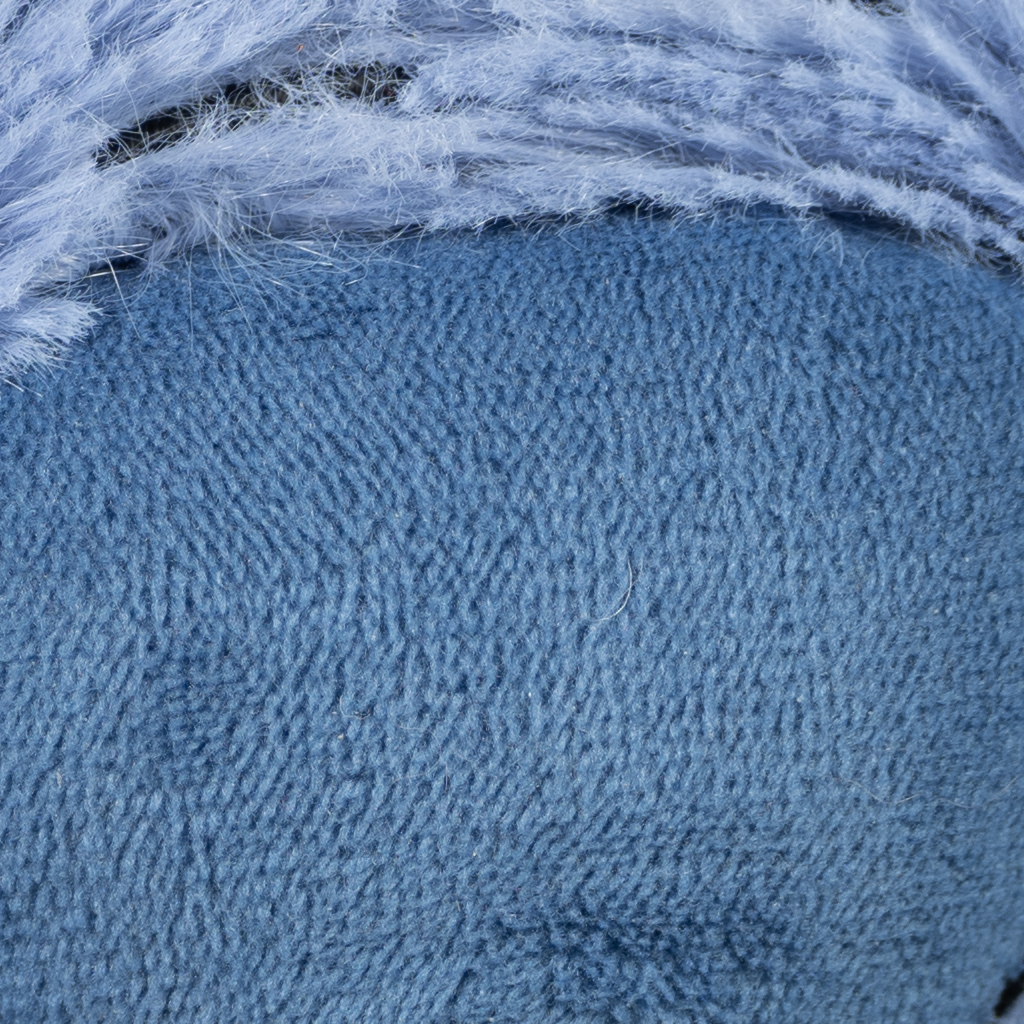
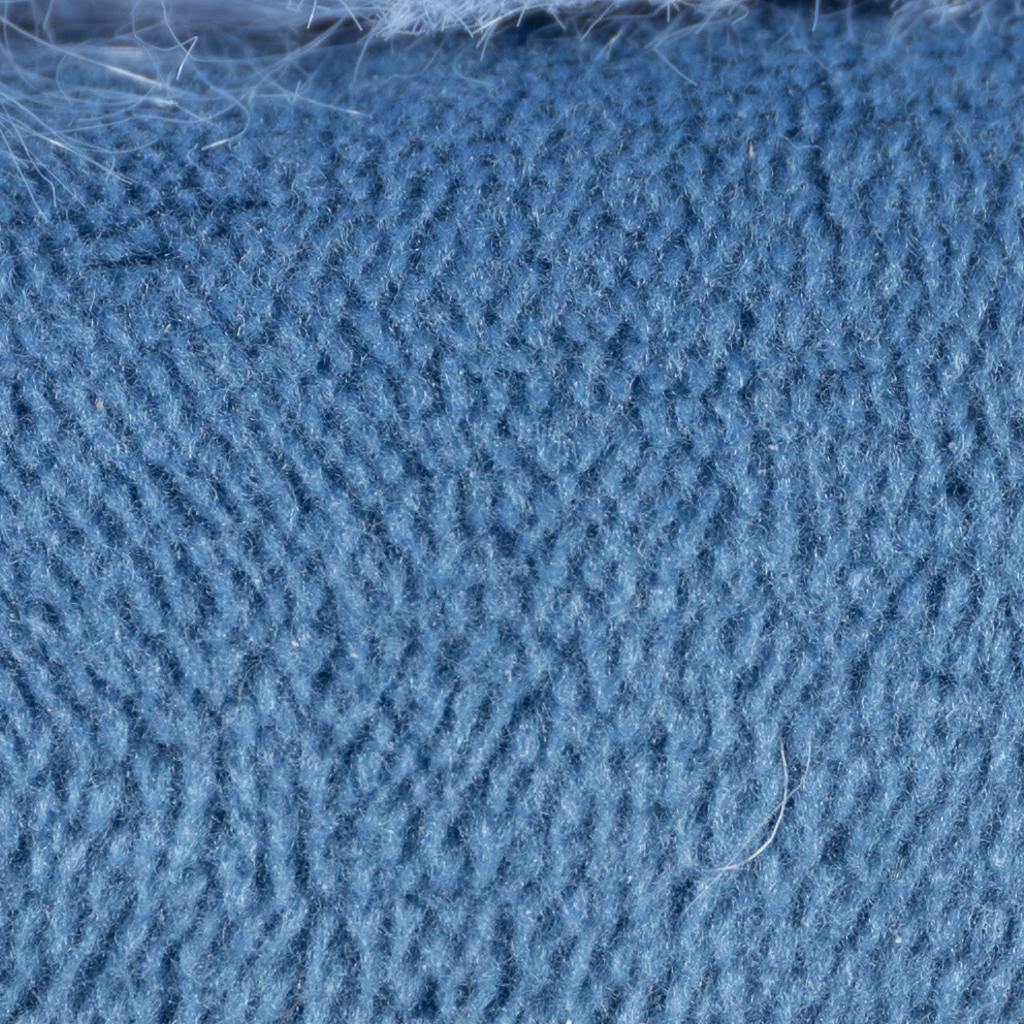




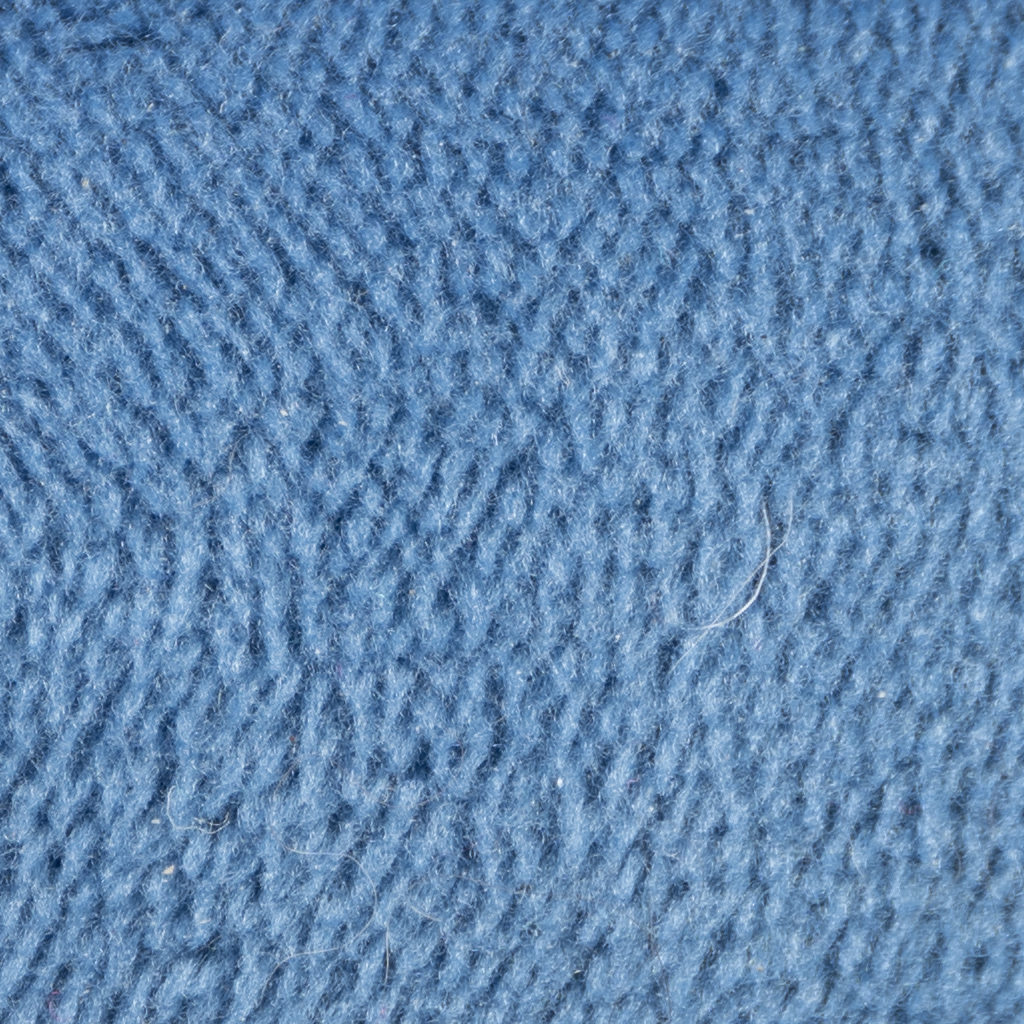

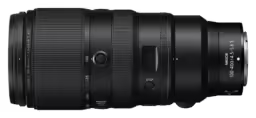
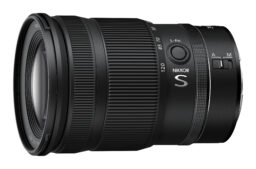
I’m having similar thought with my 80-400g VS the 100-400 Z. I almost want to keep the 80-400, as it seems like I’m getting sharper results. I see people using Z9’s getting phenomenal results…maybe it’s an older Z7 issue? I have the same camera as you…
Unfortunately my Z9 didn’t arrive in time for me to the test the 100-400 on it. But I’d be very surprised if it exhibited any difference in image sharpness (other than from the improved image stabilisation).
Spoiler alert (for the full 100-400 review that in theory I’ll post one day): I returned the 100-400. I just couldn’t rationalise keeping (and therefore spending $3k on) a lens that’s significantly softer than all my other telephotos. But I still feel torn about that return decision – in every other respect the 100-400 was really great.
I might try getting another copy of the 100-400 to see if I was perhaps just unlucky with that first one.
You probably had a bad sample of the 100-400Z. the Nikon MTFs show that the performance between the 80-400 and the 100-400 should be close at 400mm (with the latter lens more astigmatism at 400mm…but overall better at all other focal lengths)…and CameraLabs’ controlled comparison tests confirms it https://www.cameralabs.com/nikon-z-100-400mm-f4-5-5-6-review/2/ with the 100-400Z maybe a tiny bit worse than the 80-400 when shooting at charts…but it actually performing better at subjects at long distances at 400mm.
Yes, I suspect I got a bad copy too. That’s partly why I’ve not yet followed up with a more final review – it seems like it might be pointless, if I tested an outlier.
One thing I wish I’d stressed more in these comparisons posts is the difference in real use between these lenses, in particular vs the Sigma 150-600 C. Soft as it was, the 100-400Z I tested still had noticeably better autofocus accuracy & consistency than the other two lenses, and way better image stabilisation than the Sigma 150-600 C. So in real-world use you’d probably actually get better results, more often, with the 100-400Z than the Sigma. Even if the 100-400Z is technically softer. If you don’t really need the extra 50% magnification.
The 100-400Z also took the 1.4x teleconverter fairly well (or at least, didn’t get much more soft), although I’m less confident ruling it a better overall package than the Sigma for the full 600mm reach. Especially given how nuts the price difference becomes at that point (nearly 5x!).
Vs the 80-400G I’m not as sure… if I could just swap the 80-400G for the 100-400Z at no hassle or charge, I think I might. But since I already have the 80-400G, and its image stabilisation is pretty close to the 100-400Z, it didn’t seem smart, fiscally.
Note that while the difference in autofocus consistency between the 100-400Z and the 80-400G is quite obvious in use, with wildlife a lot of the time it doesn’t make a huge difference since you have e.g. eyelashes or hair or whatnot obscuring your focus target, so you’re going to need a lot of shots regardless in order to luck into one that has focus exactly where you want it.
Hi Wade, on the note of AF performance on the older 80-400, have you been able to test birds in flight with it on your Z9? I’m interested in getting into birding and have the Z9 as well. It’s been super tough to decide which lens to get since we don’t have that 200-600 yet and the 100-400S is definitely a pricy investment. Interested in your thoughts on what’s been working well for you!
I haven’t really used the 80-400 much on the Z9, actually. I’ve mostly been using the Sigma 150-600, as I usually need the extra reach. But I think the experience is similar with both, and I’d say it’s comparable to with a D500. It easily tracks birds in flight on a clean background (e.g. blue sky), but frequently looses the bird in favour of the background if the background is non-trivial (e.g. trees) and the bird is smaller in the frame than ~2 AF squares. No matter what AF mode and settings are used.
I was photographing some kiting & diving kestrels just the other day, in fact, with the Z9 + 150-600. I got some decent shots against blue and cloudy sky, but not a single in-focus shot when the ground was behind them (even when it was hundreds of metres away and very blurred out from depth of field – the Z9 is very biased to infinity focus, same as the prior Z cameras).
That’s with firmware 2.0, too.
Nominally the Z9 has the advantage of head and eye detection, but it doesn’t work very often for birds in flight and even when it does it’s only meaningful (with either of those lenses) if the bird is at least a third the width of the frame – otherwise, the AF systems in those two lenses just aren’t accurate and consistent enough to actually focus that precisely anyway. I never tested the 100-400 on the Z9 but I expect it’d perform notably better because its AF accuracy & consistency is way better.
Stationary birds are a different story, by the way – for me the Z9 does way better when there’s less movement in the frame, and the eye detection is super handy (when it works – it’s very dependent on bird species). Any of the lenses in question work fine for stationary subjects, even small ones. The native Z lenses will get focus correct much more often, in terms of precisely hitting the eye, but all will get focus on the bird.
As to your choices… well, I’ve ordered the 800/6.3 – still having mixed feelings about that indulgence 😅 – in lieu of a better option. The 100-400 is just not great, and as you allude the 200-600 isn’t even properly announced yet, so who knows if & when that’ll actually arrive. If it’s just an updated 200-500 it might be underwhelming (the 200-500 was okay in my experience, but terrible value compared to Sigma & Tamron 150-600s that are smaller, lighter, cheaper, and optically superior).
Hello, I loved your comments, I would like to ask a question, did you update the nikon Z9 and the sigma 150-600 lens continues to work without problems?
What version of software did you test?
I haven’t used the 150-600 much lately, actually. I’ve been travelling a lot and have favoured the 400/4.5 instead since it’s lighter and optically very good.
As far as I recall the Sigma 150-600 is on latest firmware. I don’t know if I’ve tried it with Z9 3.0 or later.
I doubt anything’s changed, though. i.e. its image stabilisation is likely still very poor. Sigma have had many years to fix that and have not, so I suspect they either can’t or won’t.
Also, it’s worth noting that the Cameralabs test images do clearly show the 80-400 as sharper at 400 (though the inverse at shorter focal lengths, which I didn’t see – again, probably they got a better copy than me). However, without really knowing the scale, it’s hard to say if the difference is similar in magnitude to what I saw.
I think it might be misleading to have the 70-200 + TC2 results shown beside the others, since that combo yields such a bad result that maybe it makes the 80-400 vs 100-400 difference look less significant than it is.
(I’ve never understood why anyone would think a 70-200 + 2x TC makes any sense – the image quality is always atrocious and rarely any better than just cropping)
TBF they probably added that 70-200 with 2x in there to see if it’s worthwhile to just buy the TC if you already have the 70-200 since the 100-40 is also quite expensive…
“i suspect i have a bad copy”??? I’ve read that way too much in comparisons. The Z lens should outshine the older 80-200 without a doubt. Production quality should have increased dramatically in a decade. There should be no doubt. Especially seeing the old lens is now available 2nd hand for half the price of the Z version. Af speed should be perfect on the Z9.
I must admit the first time I read your blog was with a rolled eye – How could the Z 100-400 be softer than the Sigma 150-600 C?!
So I disregarded your “opinion” and made the decision and bought the Z lens. I tested it for one day came back home with lots of images, opened on NX studio with at least 100% magnification and compared them with those from the Sigma taken with similar setting.
You are right!
The sigma is significantly sharper!!
I am returning the Z lens as I too could not see a reason I should keep it apart from the weight and weather sealing which I can put up with.
Dear Wade,
thx a lot for sharing your review. I did some extensive test at 100m distances with at multiple f-stops with
Sigma 150-600 Contemporary
Nikkor 100-400mm
Nikkor 100-400mm TC1.4
Nikkor 105mm
Nikkor 24-200mm
The biggest real world relevant difference is that the Nikkor 24-200mm is visible less sharp and has less contrast than all other lenses.
The Nikkor 105mm was a tiny bit better than the Nikkor 100-400mm. I expected more difference.
The Nikkor 100-400mm performs a bit sharper and has more contrast than with TC1.4 at same focal length.
The difference between the Sigma and Nikkor (with or without TC) is neglactable.
I can share my files if you are interested.
Is that the Z 105 or the AF-S? The AF-S model was a pretty soft lens (in my experience and by reputation). My Z 105 is noticeably better, although indeed it’s not especially sharp for long focal distances. Presumably it’s tuned for closer focal distances (higher magnifications). I don’t have any real complaints about its image quality, at least for macro subjects. Its AF is annoyingly slow, though.
I’m interested in seeing your image samples, if you share them somewhere. Though I’m not really in the market for the 100-400 again – while I’ve occasionally missed its flexibility re. impressive minimum focus distance and zoom nature, honestly these days I almost always find myself just using the 400/4.5 or 800/6.3. Oddly neither is what I consider stunningly sharp (although the 400/4.5 is close) but nonetheless I find I get good results with them. Their bokeh and other characteristics are significantly better than with the zooms.
I do think the 100-400 is still the best lens I’ve ever used in terms of image stabilisation, though. The 400/4.5 is pretty good, the 800/6.3 is okay, but the 100-400 (like its 80-400 predecessor) is just on another level.
I’m somewhat interested to see how the new 180-600 performs (if it ever actually ships 😝).